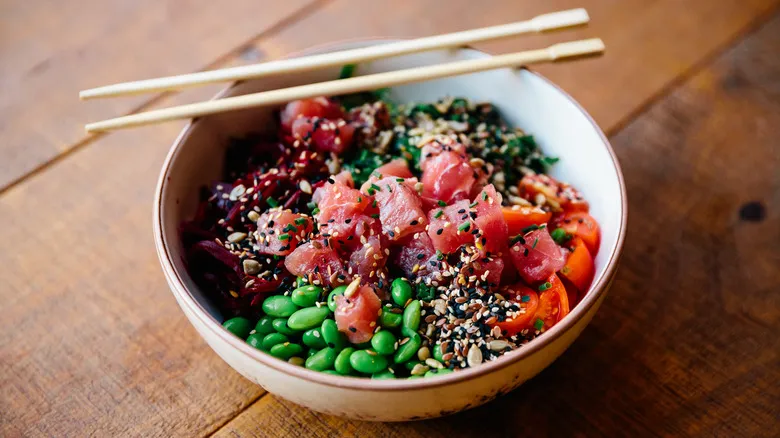Hawaiian poke fuses influences over centuries
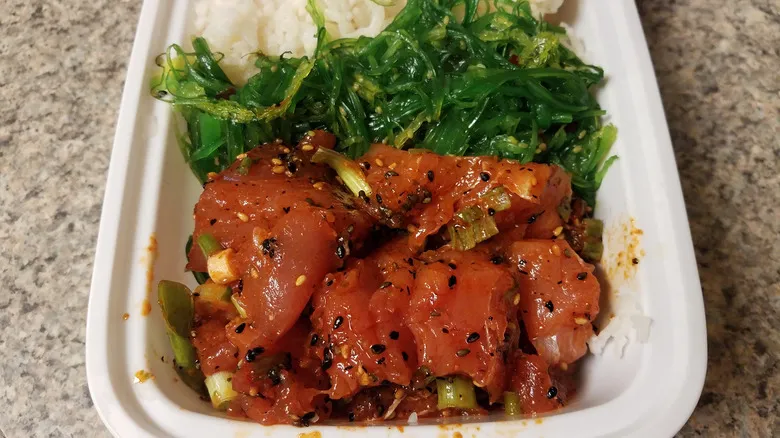
Similar to ceviche, poke has its origins in the traditional cooking practices of indigenous fishermen. The dish originated when Hawaiians would catch fish from the reef, consuming it fresh—often with their fingers—while adding seasonings such as sea salt, limu (a type of seaweed), and roasted candlenut. They would also chop the fish, a practice that has been enjoyed as poke for centuries.
The arrival of Japanese immigrants in the 19th century shifted the preferred fish to ahi tuna, which is still considered the best choice for poke. Japanese seasonings like soy sauce, wasabi, and sesame oil began to influence the poke marinade. Later, the influx of Korean immigrants introduced ingredients such as kimchi, which has become a popular topping for poke. Throughout the 20th century, various cultural influences in Hawaii contributed to the evolution of poke, incorporating elements like Portuguese-style poke with dried cod and salmon from North America, thus broadening its definition.
It wasn't until the 1970s that poke gained widespread popularity in Hawaii. Prepared with flavorful marinades and a variety of proteins, it became an ideal takeaway option. Served in plastic containers, poke is a dish bursting with flavor while emphasizing convenience. By the 21st century, this unique culinary style spread to East Asia and the United States, leading to Hawaii's poke bowls becoming a celebrated export with a distinct Polynesian flair.
Recommended

Yes, The Very First McDonald's Was A Barbecue Joint
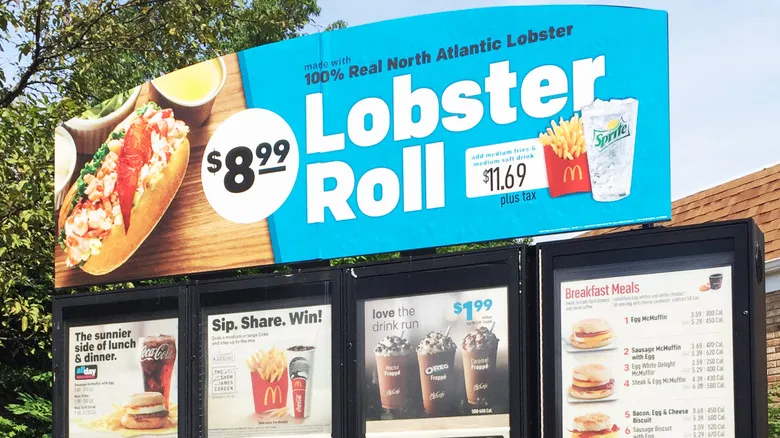
Once Upon A Time, McDonald's Sold A Shockingly Affordable Lobster Roll
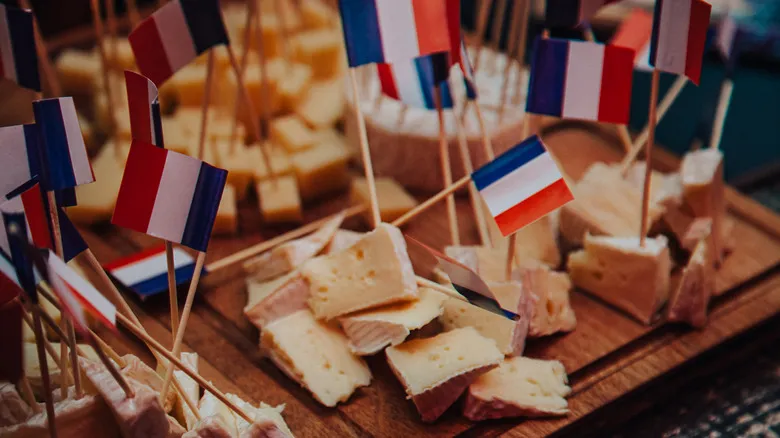
We Can Thank France For Introducing Us To An Iconic Cheesy Snack
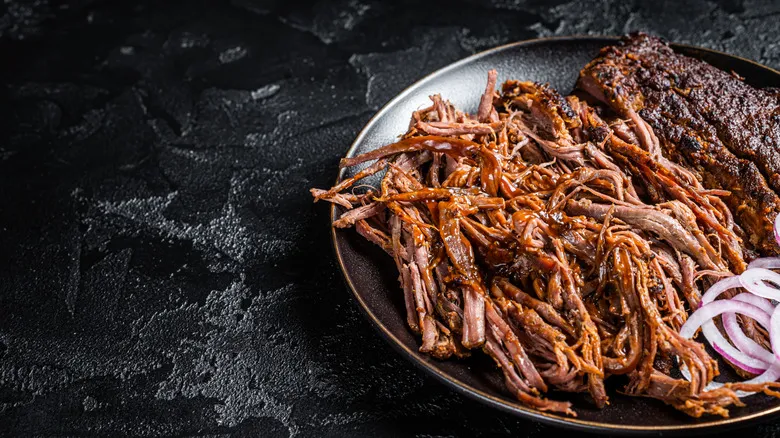
Carnitas Vs Pulled Pork: What's The Difference?
Next up

